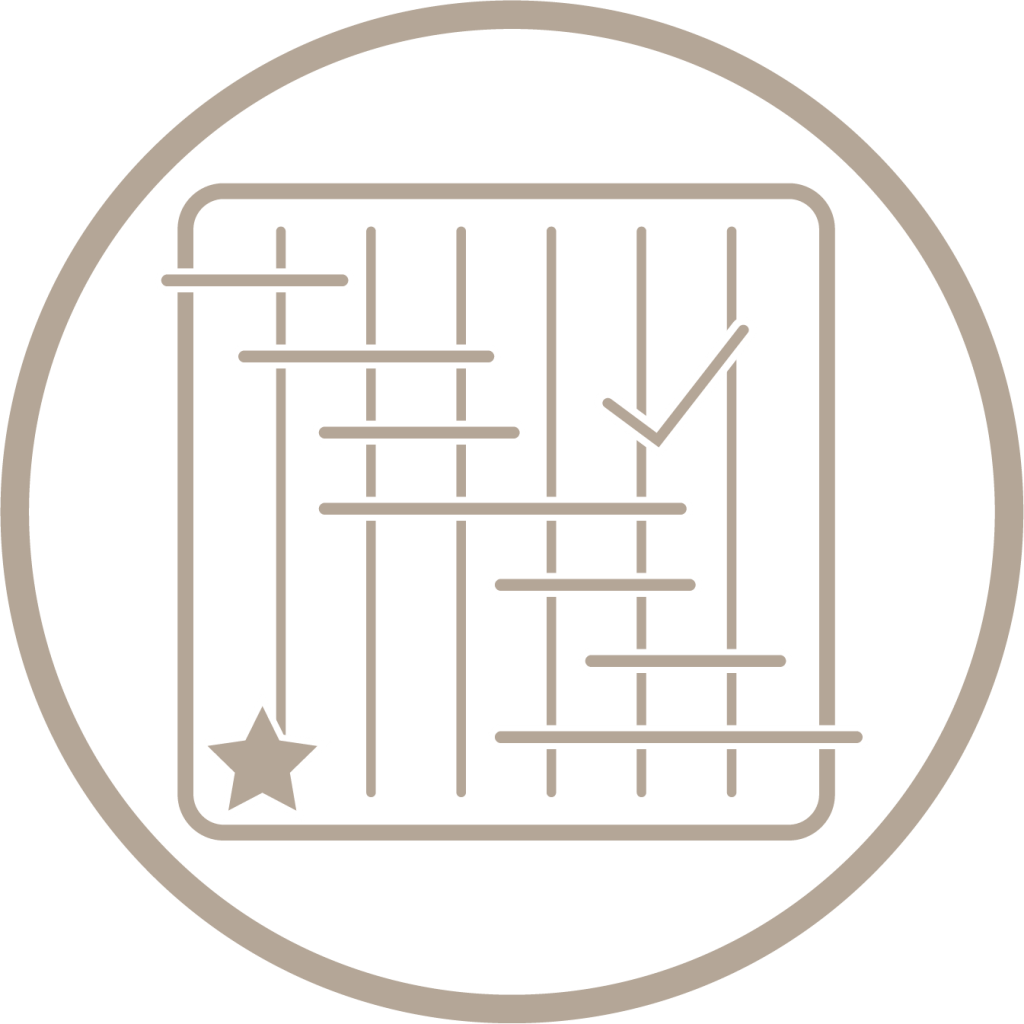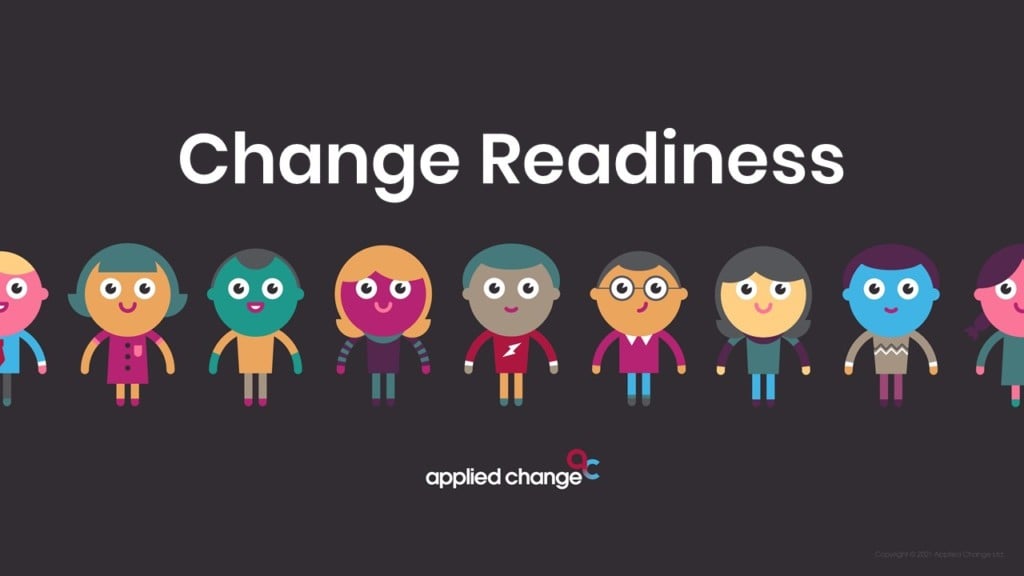Business Change: The secret ingredient that makes all the difference
By Mark Vincent
Share

The digital age has stimulated a seismic shift in the way we work. And it hasn’t finished yet. PwC’s recent Workforce of the Future report claims that the pace of change is accelerating. After surveying 10,000 professionals the management consultancy concluded:
We are living through a fundamental transformation in the way we work. Automation and ‘thinking machines’ are replacing human tasks and jobs, and changing the skills that organisations are looking for in their people. These momentous changes raise huge organisational, talent and HR challenges – at a time when business leaders are already wrestling with unprecedented risks, disruption and political and societal upheaval.
In this environment, the ability to change is set to become a fundamental aspect of ‘business-as-usual’. Yet research on change performance continues to show that business transformation can feel like the equivalent of pushing water uphill.
On the other hand, some organisations manage to change rapidly and continuously. It appears to take much less effort. They have a sense of energy and purpose that seems to make the process enjoyable.
How do they achieve this?
Create emotional commitment first
In short, everyone is engaged at an emotional level. When we all feel passionate about the outcome, the change process becomes easier. Find a way to have everyone want the same thing and energies are directed towards overcoming challenges, rather than trying to avoid change happening.
The language of change
We find in the business environment that there’s one common problem when initiating and communicating change. It’s a tendency to focus only on the facts and figures (the ‘what and how’) with little or no attention given to the ‘why’.
Approaching change in this way seems logical but it doesn’t motivate. It only appeals to our rational neocortex, whereas motivation comes from our emotion centre in the limbic part of the brain. Consider how we make many of the most expensive purchases such as houses and cars: there is always an interplay between objective and subjective factors.
The Heath brothers’ book: Switch – how to change things when change is hard illustrates this nicely. An ‘elephant and rider’ analogy is used to represent the relationship between our emotional side (the elephant) and rational side (the rider). If we are not convinced emotionally then the rational perspective won’t take us anywhere.
Change is uncomfortable, even painful. We all avoid it unless we feel the current situation is even more painful, or the destination is so compelling that we want it now! Ambivalence just won’t cut it.
In our experience, failing to appeal emotionally will, at some point, cause a change programme to simply run out of steam. Maybe it’s slightly harder than expected, costing more, taking longer, maybe there is a change in leadership. Large global projects have been abandoned halfway, even though they were so obviously the right answer and right on strategy (so much so that they were restarted later).
Starting with the ‘big why’
If we’re to put ourselves through the discomfort of change we need to feel it’s worth the extra effort for us personally first of all, then for the organisation. Yes, in that order. Otherwise, emotions will overwhelm rational thought every time. The elephant is far bigger than the rider.
From the perspective of those who will make the change, it’s worth considering the following questions at the outset:
- Why should I change (or, why is ‘do nothing’ not an option)?
- Why do it now (vs wait till next year, next budget etc.)?
- Why is the direction we are proposing the right answer (vs other options)?
This will at least get everyone focusing along the right lines. Changes that appeal at an emotional level first, then a rational level second, have a greater chance of success.
Change can be difficult, but it’s a whole lot easier when everyone feels emotionally committed to making it happen.
Get in touch
If you’re starting a change, or already on the journey and need some support, we can help.
Whether it’s coaching or mentoring your leadership team, diagnosing low engagement or leading a change on your behalf, we have a range of options to suit different situations and budgets. Contact us by clicking the button to find out more.
Related content
The High Impact Changemaker System®
From global climate change to a new personal health regime, change follows a similar pattern. We’ve distilled it to just five key focus areas, all of which are equally critical to change success.
What is Change Readiness? Start by asking these 5 questions
Have you ever tried making changes that never really got past the good intentions. We’ve found that 5 simple questions can help to orientate us to a far more useful place.
Why Would They Want To?
In business change and transformation it’s easy to focus on the wrong things when in fact the answers are often hiding in plain sight
The Secret to Making Organisational Change Feel Less Overwhelming
After the global events of recent years, it’s no wonder many of us are likely to think of change as a fast-paced sprint that can be unpredictable, unplanned and overwhelming. However a focus on certain core principles can be the key to ensuring that the change is an overwhelming success rather than just overwhelming!





